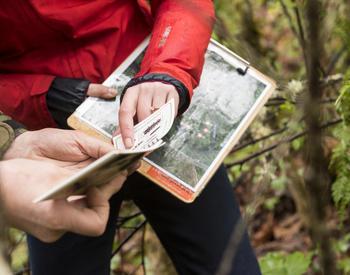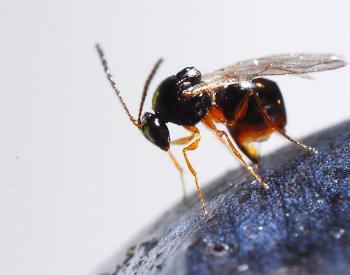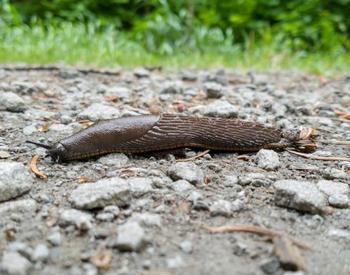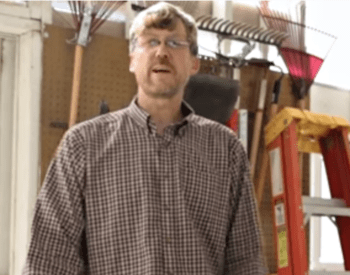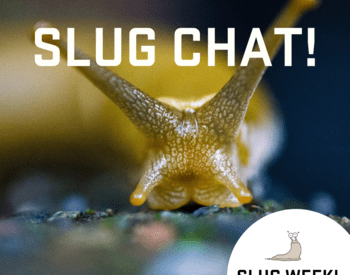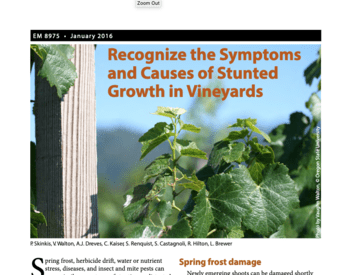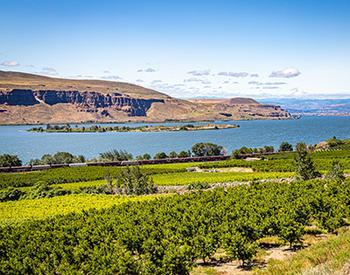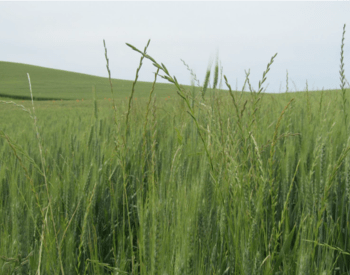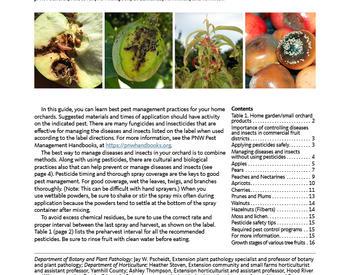The Integrated Pest Management Strategic Plan presents current management practices and critical needs using crop-stage categories to convey actions and constraints across a whole season. This framework divides practices into four classifications: prevention, avoidance, monitoring and suppression. The PAMS framework helps to demonstrate areas where additional IPM tools may be needed.
This article provides examples of common tactics that fall into each category. This framework also serves as an educational tool, demonstrating a group’s level of reliance on a variety of management tactics (including nonchemical tactics), and highlighting any gaps. The actions in bold type define the ecological purpose that lies behind a particular practice.
P: Prevention
- Prevent introduction to the farm
- Pest-free seeds, transplants.
- Prevent reservoirs on the farm
- Sanitation procedures.
- Eliminate alternative hosts.
- Eliminate favorable sites in and off crop.
- Prevent pest spread between fields on the farm
- Cleaning equipment between fields.
- Prevent pests from developing within fields on the farm
- Irrigation scheduling to prevent disease development.
- Prevent weed reproduction.
- Prevent pest-susceptible perennial crops by avoiding high-risk locations.
A: Avoidance
- Avoiding host crops for the pest
- Crop rotation.
- Avoid pest-susceptible crops
- Choose genetically resistant cultivars.
- Choose cultivars with growth and harvest dates that avoid the pest.
- Place annual crops away from high-risk sites for pest development (even parts of a field).
- Avoid crop being the most attractive host
- Trap cropping.
- Use of pheromones.
- Use crop nutrition to promote rapid crop development.
- Avoid making the crop excessively nutritious
- Use nutrition to promote rapid crop development.
- Avoid excessive nutrients that benefit the pest.
- Avoid practices that increase potential for pest losses
- Narrow row spacing.
- Optimized in-row plant populations.
- No-till or strip till.
M: Monitoring
- Collect pests
- Scouting and survey approaches.
- Traps.
- Identify pests
- Use of identification guides, diagnostic tools and diagnostic laboratories.
- Identify periods or locations of high pest risk
- Use weather-based pest-development and risk models.
- Use soil and plant nutrient testing.
- Determine status and trends in pest risks and classify pest severity
- Maintain pest records over time for each field.
- Minimize pest risks over time
- Plan an appropriate PAMS IPM strategy, based on pest status and trends.
- Determine interventions based on risks and economics
- Use of decision-support tools, economic thresholds.
S: Suppression
- Cultural
- Outcompete the pest with other plants
- Cover crops.
- Suppress pest growth
- Mulches.
- Suppress pest with chemicals from crops or other plantings
- Bio-fumigant crops.
- Outcompete the pest with other plants
- Physical
- Physically injure pest or disrupt pest growth
- Cultivation.
- Flaming.
- Exclusion devices.
- Mowing.
- Temperature management.
- Physically remove pests
- Mass trapping.
- Hand weeding.
- Physically injure pest or disrupt pest growth
- Biological
- Suppress pest reproduction
- Pheromones.
- Increase pest mortality from predators, parasites and pathogens
- Conservation biological control.
- Inundative release and classical biological control.
- Use of pest antagonists.
- Suppress pest reproduction
